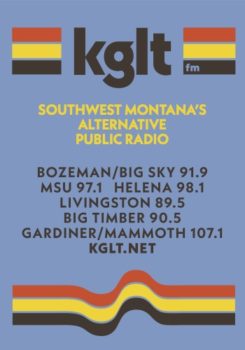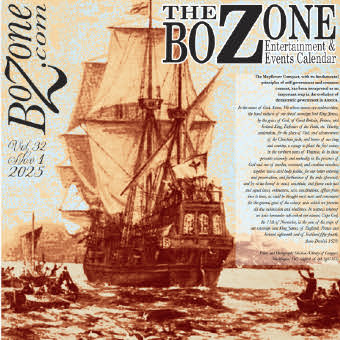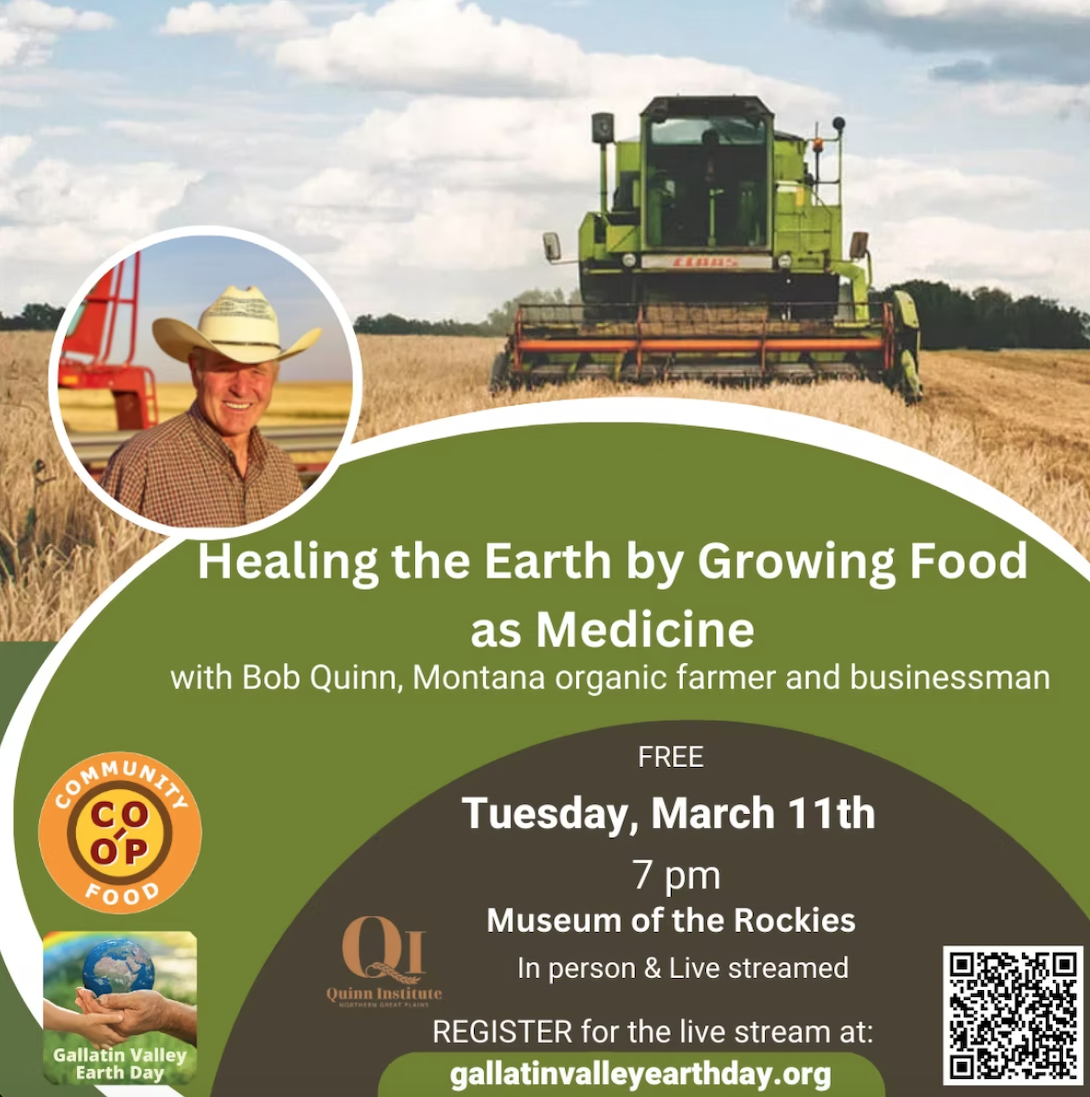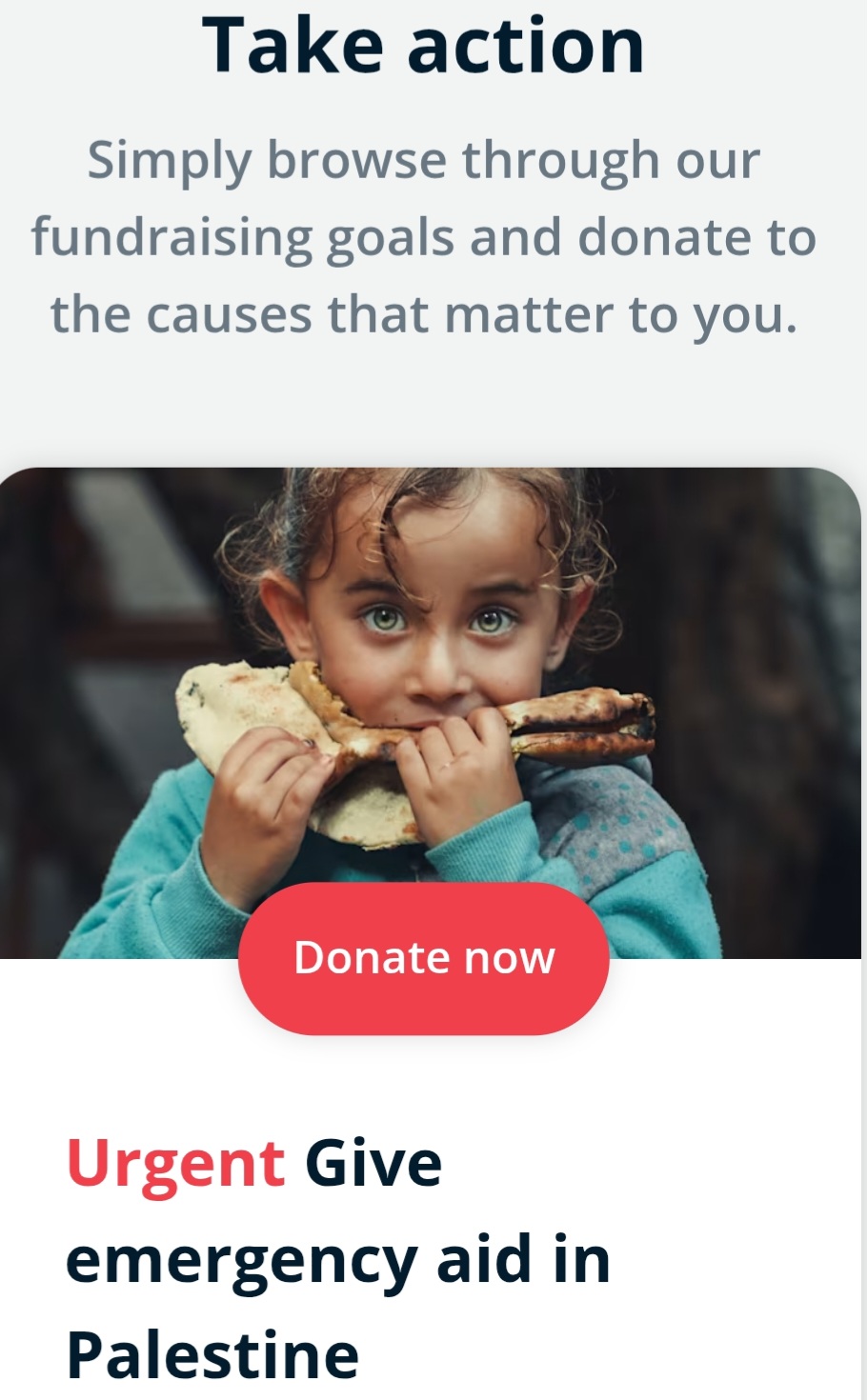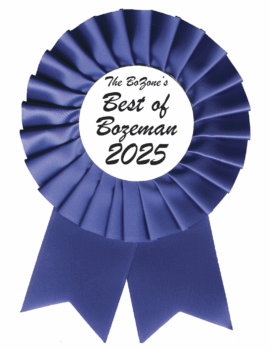HRDC veteran reaches milestone as org’s community efforts diversify
by John Kirk Vincent
It’s a sunny day, the first since the season’s inaugural snow, and there’s a hint of optimism in the air. The rays have unwittingly fueled a positivity, at least on this particular afternoon, that’s been more difficult to manifest in recent months and months. Between contention over racial equality, stark political ideals and a most prominent public health crisis, what was meant to be the hopeful dawn of a new decade will be forever known as the year that upended American life from mountains high to valleys low.
I’ve met with Heather Grenier, who’s not averse to praise but prefers the focus be kept on the work of the Human Resources Development Council, known to most as HRDC. She has spent the last twenty years toiling for the local nonprofit in various capacities, now serving as its CEO, and was recently acknowledged for her commitment by its governing body. She’s “not a big celebrator,” but humbly receives the recognition.
We’re sitting in the cozy, sunlit library that overlooks Babcock and the downtown post office, ready to solve the world’s problems. Or at least take on the battles Bozeman citizens and those of neighboring communities face every day.
Everyone has had to adjust some component of their lives around COVID, but an operation at the helm of such a broad portfolio of services in Gallatin, Park and Meagher counties had a bit more to consider. Luckily, HRDC has been able to modify its operations to accommodate evolving health protocols.
“It’s a moving target, every day,” she says. “We have been able to, for the most part, adapt every program or service delivery in some way, shape or form to make sure it’s still available on the ground.”
The Food Bank has shifted to curbside pickup, Head Start took the virtual learning approach – as 3 and 4-year-old attention spans would allow – and has since moved to a hybrid model, and the Streamline busses kept running with added sanitation measures in place. While some were able to speak with HRDC tax whizzes, the free filing program so many depend on was unable to proceed during the rise of social distancing last spring.
The most difficult issue to maneuver has been sheltering those in need. When the pandemic hit, CDC guidelines didn’t allow the Warming Center to continue operating in its usual capacity. The demand remained. HRDC leased a hotel and were able to provide that refuge to seeking individuals and families during the entirety of the initial shutdown. They would eventually lease, then purchase another hotel to provide shelter-in-place space for the high-risk population. As the weeks progressed, this space would also become a supplemental resource for the health department and those needing a place to isolate.
Grenier adds, “We’re actually managing, in a very challenging environment, both keeping people who are high risk for COVID safe and separated from people who have been exposed and are quarantining.” With spiking cases and winter’s most frigid months ahead, confronting the foreseeable future is daunting but doable for this team of dedicated people who think best on their feet.
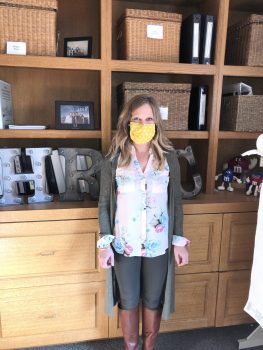
Grenier #MasksUp in HRDC library
Our conversation inevitably segues to a topic that lives in infamy among native Southwest Montanans and working-class residents looking to simply enjoy the fruits of laboring here: affordable housing. The subject long predates COVID-19 and will no doubt be the talk at dinner tables after the vaccine is distributed.
There are numerous contributing factors for that reality. Our area is desirable largely for its natural assets – public access to outdoor recreation, space to roam, clean mountain air, scenic beauty and the like. Paired with Bozeman’s just-modern-enough appeal that satisfies an appetite for amenities makes settling here a fine alternative to urban life. Now considering the emergence of remote business, something that was already taking shape pre-pandemic, an ongoing migration to the Treasure State is a no-brainer. No, this isn’t revelatory but too often overlooked by many who have gotten used to living with these perks. We’ve been discovered and the influx of outside money is outpacing many of our community members’ ability to win the housing race.
HRDC has prioritized being a part of the solution to affordability, but it’s a tall order. When asked to clarify why it’s such an issue here, Grenier searches for a tidy summation, only to remember it’s not something that can be easily condensed for a half-hour meeting.
“There’s no silver bullet, no one solution,” she says. “It’s a combination of policy, appropriate economic development planning for growth and mobilization,” among other things.
A born and raised local herself, she explains the allure of Montana life is layered with additional obstacles like space limitations due to surrounding Forest Service lands, vacation rentals sitting empty for portions of the year, as well as a huge disparity between earnings and actual cost of living for residents. Wages have increased 26% in the last 17 years, she says, but rent has rocketed 71% in that same frame. Minimum wage employees would have to clock two full-time work weeks in the span of 7 days to afford a basic rental, according to the Montana Budget & Policy Center. HRDC programs, the Food Bank included, exist to help fill that gap, but aren’t end-all solutions.
“We have to make sure that, as a community, at least the basic needs for folks can be met. Without those, we can’t build a foundation to have any path to stability and financial independence.”
Adding to the economic imbalance, infrastructure also cannot keep up. “Communities are growing so fast, basic water, street and other components the community need for that growth to expand just aren’t there,” she says.
The organization has put most of its energy toward preserving subsidized properties in place of ground-up development, the Boulevard and Darlington Manor apartments being a pair of recent purchases. These sorts of acquisitions preserve existing, irreplaceable subsidies, but are also far less costly than building. It’s also difficult to convince a seller to hold out for a grant to come through when a well-to-do buyer is ready to close.
“We were grateful for the Boulevard Apartments, that the owner was patient because he knew the tenants, he’d spent his lifetime taking care of them, and he wanted to make sure they were able to stay there.”
HRDC continues to tackle the juggernaut that is the affordable housing crisis through other avenues like the Housing First Village, which will be Montana’s first and only tiny home community and plans to be housing residents next summer. There’s also the Scattered Site Land Trust, their marquee program that works to maintain a reasonable dollar amount for home ownership and keeps the cost of land off the family or individual.
Asked what the community can do to help weaken that barrier, “I always say sell your home at an affordable price,” she says with a laugh. And though it feels like a big ask, she notes there are ways to work with their program to limit the eventual sales price of a home to make sure it’s affordable for someone who lives and works in the Bozeman area.
There’s a common misconception that the people looking for affordable housing, utilizing the Food Bank or Fork & Spoon, HRDC’s pay-what-you-can restaurant, are folks trying to live off a program. Grenier stresses that so many of these hardworking neighbors are just attempting to sustain themselves and their families in a place where cost has vastly overtaken earnings.
COVID is exacerbating issues that, like affordable housing, existed before its global takeover. The nonprofit relies heavily on community support through business partnerships, individual gifts and fundraising events. Cornerstones like Huffing for Stuffing have been reworked so they can proceed virtually, tough still face the potential for lost revenue. People might be a little more hesitant to make contributions due to economic uncertainty, but HRDC services are more important than ever to those who rely on them.
“We’re seeing a lot of new hardships from folks who were previously not experiencing hardship, and we have fewer opportunities to be out there in the public to generate excitement or revenue to cover those costs.” Programs including the Food Bank and Warming Center rely entirely on community support to operate – there’s no grant or funding source behind them. “If that’s what’s important to the community,” she says, “we can be the vehicle that makes that happen.”
If you’re, understandably, not ready to sign over the deed to your acreage, Grenier and the some two hundred team members she oversees are always appreciative of gifts large or small.
Apart from the food and monetary donations, HRDC also owes a debt of gratitude to its volunteer force. Over 3,500 banked volunteer hours last year, breaking down to about 17 full-time staffers. “That is a remarkable show of how committed this whole community is to helping each other.”
Hardship of any kind is tough to talk about at length, so our discussion shifts to an anecdote that affirms Grenier’s two-decade commitment. She’s asked to share an example of an individual or group of customers whose life or lives have been enhanced by an HRDC service in that time and recalls a chance encounter at the supermarket.
“One of things that’s kept me here was when I was our Food Bank director in my early years. I was working on a grant proposal and there was someone knocking at the door,” she says. “It was a young lady who was just at rock bottom – she was crying, starving and didn’t know what she wanted, didn’t know where to go. We set her up with a bunch of food and sent her on her way. I didn’t see her for a couple years and I ran into her at the grocery store. She approached me and said, ‘I don’t know if you know this, but you saved my life that night. I was at the end of my rope; I don’t know what would have happened if you hadn’t given me food and the opportunity to feel like there was hope for moving forward.’”
Grenier goes on to explain that making sure people have food can get lost in the day-to-day but has long-lasting effects, though she’s not so often afforded the opportunity to witness those people find the light at the end of the tunnel. The work of prevention is critical, even in those off days where it might feel thankless.
“There are long-term successes that we celebrate and love and adore, absolutely, but there are also everyday things that we sometimes don’t even know the impact we made.”
Access to a necessity as basic as food and a literal helping hand is sometimes all it takes to turn a life all the way around. Few know that better than two current employees of the Warming Center, who just last year were guests. They know how people want to be treated, how hard it is to show up and ask for a place to stay. They’ll be able to provide a customer service experience like none other because they’ve lived it. Another guest, who spent the whole of last season enveloped by a workers’ comp dispute, returned the favor with a generous donation to a Warming Center facing the surging pandemic and dropping temperatures.
The future is bright for HRDC, its clientele and community of support.
People have become familiar with the services that focus on securing basic needs, but the nonprofit has begun to spotlight its next undertaking in the Financial Opportunities Center. This effort will provide resources and tools so individuals can make specific goals and forge career pathways to financial independence.
“It’s whole, wrap-around support where your basic needs have been met or your housing has been stabilized, now let’s make a plan of how we can avoid repeating the circumstance or being in the situation again,” she says.
Along with helping residents map out career paths based on personal interests and projected income, HRDC is set to break ground on Griffin Place, a complex whose daily operations will focus on hunger and homelessness. When complete, the Food Bank, Fork & Spoon and Bozeman’s first year-round emergency shelter will be housed under one roof.
Giving an “oh my gosh” and quick sigh, Grenier almost seems overwhelmed by the twenty-ish projects in the works. She doesn’t actually get there and offers some reassurance that they’ll make it happen with the backing of the community.
“The exciting piece is that there are starting to be larger-base conversations. People are starting to come to the table with more solutions. I think this community really cares about people, and they want the people who work here to be able to live here. I feel optimistic about the future on that front, although it’s not a little hill. Because the community is growing so quickly, it’s getting unmanageable really quickly. That means we need to do some bold things, and I think we can.”
Learn more about HRDC’s many programs and make a contribution at thehrdc.org. •


